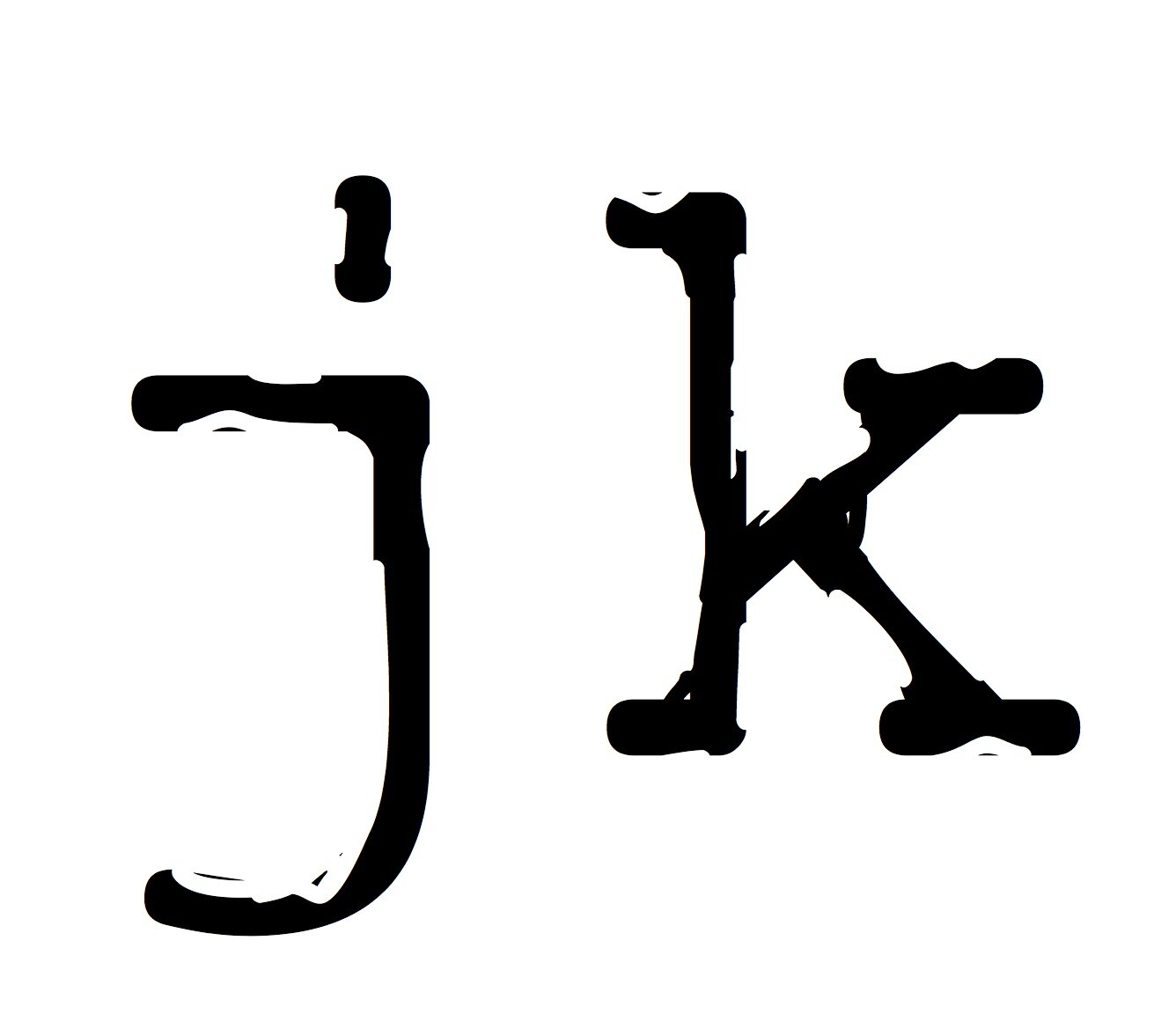And then what happens?
Several writers I’ve consulted told me their idea for a story then sat back to watch my reaction.
My question was: what happens next?
There was a premise. They had a first act. It was the start of a story but it wasn’t a story itself.
One was a first-time fiction author who had a story about a worker in a tech firm planting a camera on themselves to find out where they went when they were sleep walking. The footage revealed they were carrying out crimes on behalf of their boss. It was an intriguing set up, but this isn’t the end. For mine, it can be a strong first act – the opening of questions and bringing a change to their life. Now they know they’re being used, do they confront their employer? Do they go to the police? Do they go vigilante and try to rectify their crimes?
Story is in change. The story above is the start of change. It doesn’t see it through. There is so much more to explore.
The person at the end of the book is not the person at the beginning. This is true for memoir too. The reader is engaged with the story to see what happened, and how that affected the protagonist.
The term ‘character’ comes from the Greek word to mark. As in mark a letter on a stone. When applied to story telling, character is revealed in how things have marked them. This is why readers are invested in characters, in protagonists, and in a story.
How does your story mark your character? How does your story change your character?
If you want some help exploring this, take look at my Torchlight sessions.
